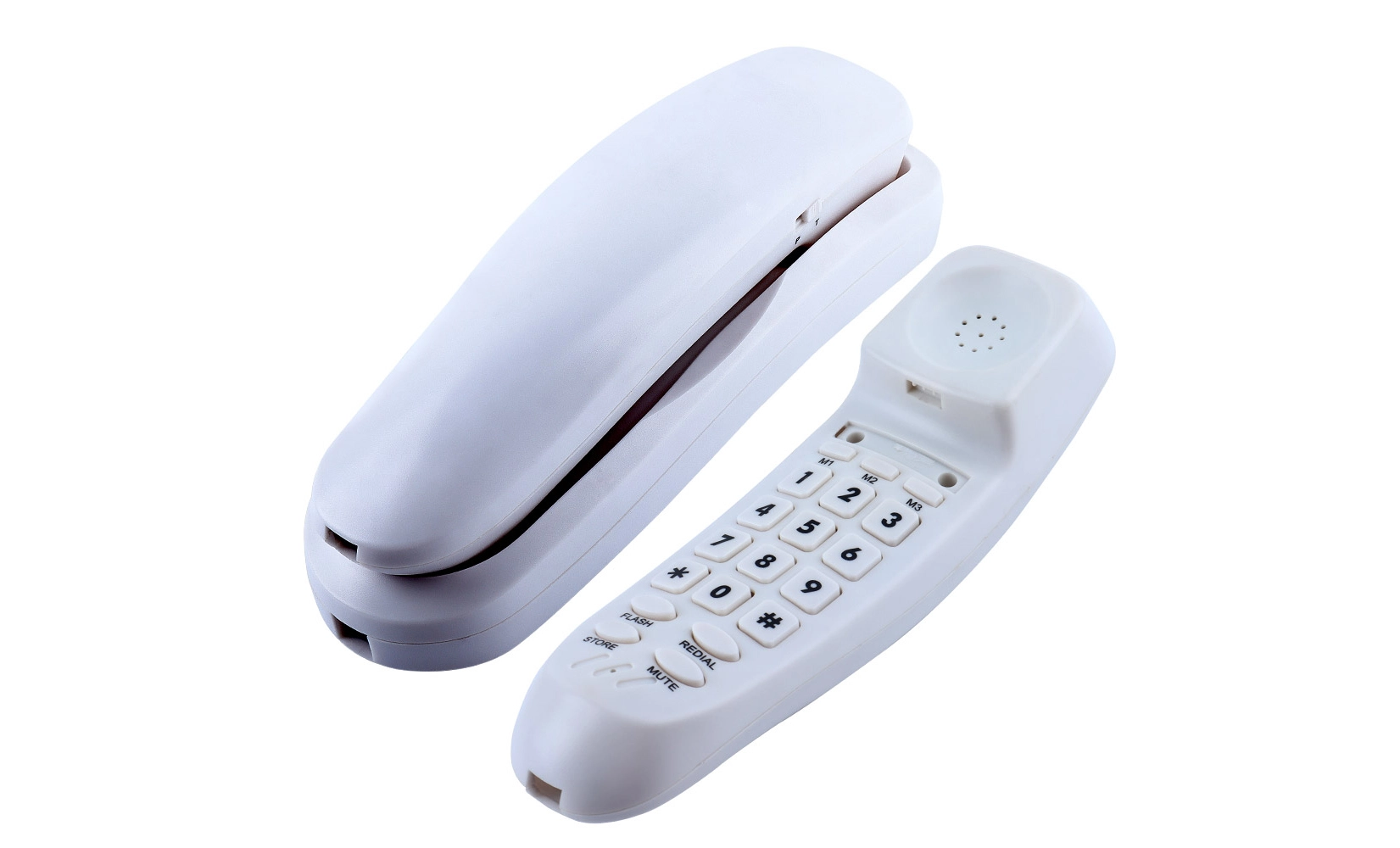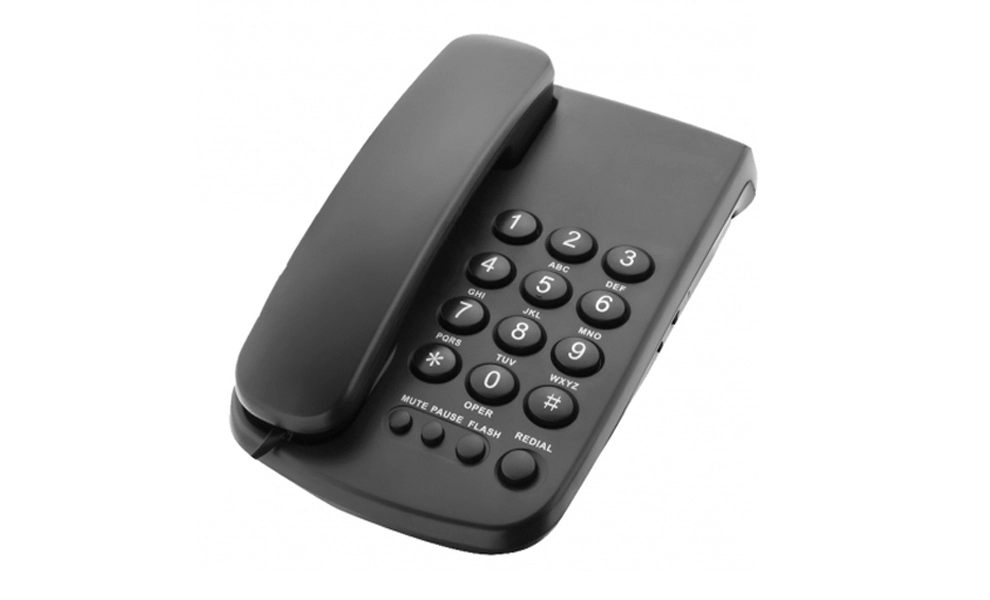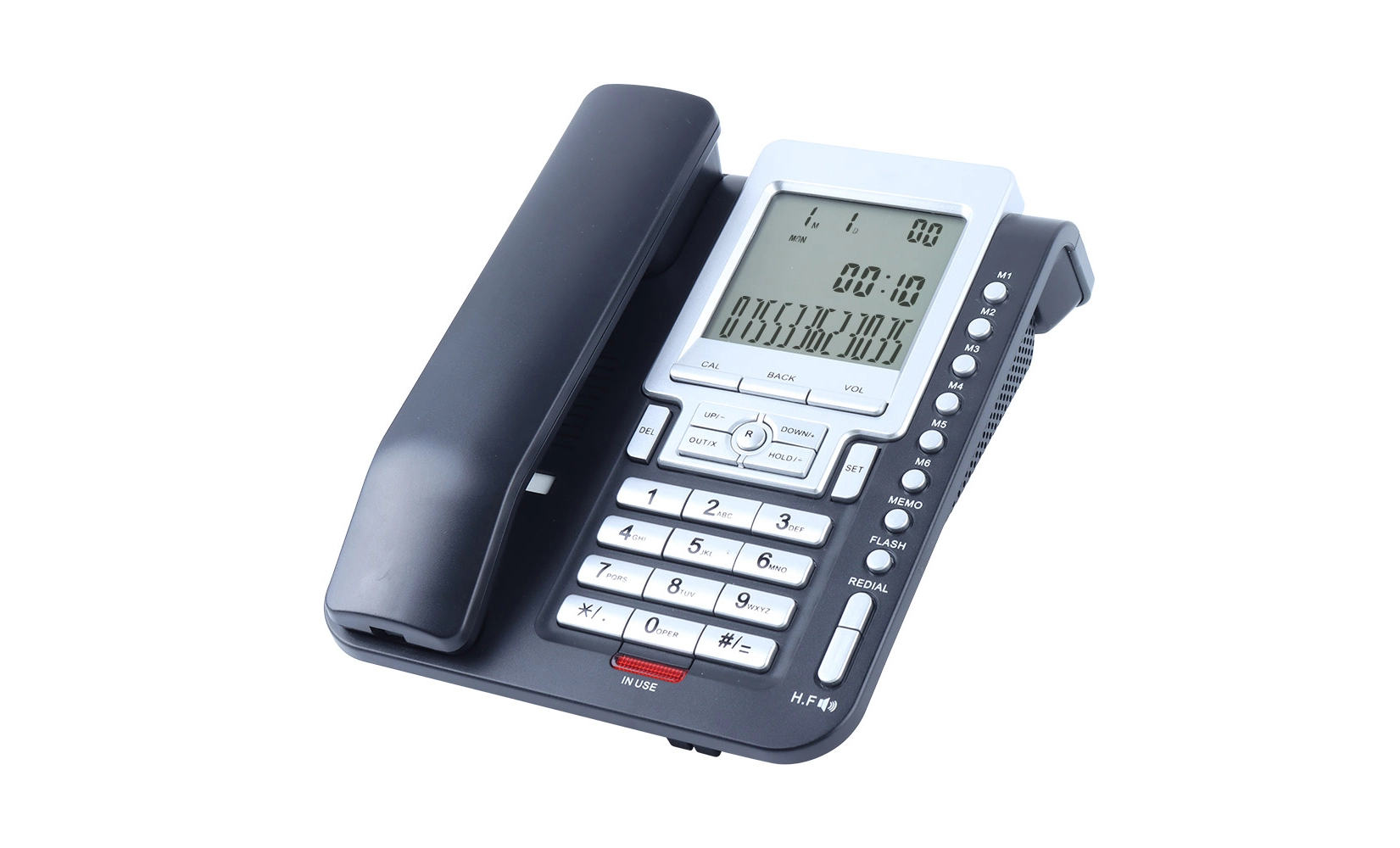The Benefits of Implementing Caller ID for Business Communications
Implementing caller ID for business communications offers numerous advantages that can significantly impact your company's efficiency and customer relations. A caller ID telephone system provides real-time information about incoming calls, allowing your staff to prepare for conversations and prioritize responses effectively.
Enhanced Customer Service Experience
With caller ID functionality, your team can greet callers by name and access relevant information before answering. This personalized approach improves customer satisfaction and demonstrates professionalism. Moreover, it enables quicker resolution of inquiries as staff can anticipate the nature of the call based on the caller's identity.
Increased Productivity and Time Management
By screening calls through caller ID telephone, businesses can manage their time more efficiently. Important calls can be prioritized, while potential spam or non-urgent matters can be handled appropriately. This streamlined approach to call management leads to improved productivity and allows employees to focus on high-priority tasks without constant interruptions.
Improved Call Tracking and Analytics
Caller ID systems often come with call logging features, providing valuable data for business analytics. These logs can help identify calling patterns, peak communication hours, and frequent contacts. Such insights are invaluable for resource allocation, staffing decisions, and developing targeted marketing strategies.
Key Components of an Effective Business Caller ID System
An effective business caller ID system comprises several key components that work together to provide a comprehensive solution for managing incoming calls. Understanding these elements is crucial for selecting and implementing the right system for your business needs.
Compatible Hardware: Caller ID Telephones
At the heart of any caller ID system are compatible telephone devices. Modern caller ID telephones come equipped with displays that show caller information, including names and numbers. These devices often feature additional functionalities such as call logging, speakerphone capabilities, and programmable buttons for frequently used numbers.
Software Integration for Advanced Features
Many businesses opt for software solutions that integrate with their existing phone systems to provide enhanced caller ID capabilities. These software platforms can offer features like CRM integration, allowing for automatic population of caller information from customer databases. This integration enables a more comprehensive view of the caller's history and relationship with the company.
Network Infrastructure and Compatibility
Ensuring your network infrastructure supports caller ID services is essential. This may involve upgrading your phone lines or transitioning to a VoIP (Voice over Internet Protocol) system that inherently supports advanced calling features. Compatibility between your chosen caller ID solution and your existing telecommunications setup is crucial for seamless operation.
Implementing and Optimizing Caller ID for Your Business
Implementing caller ID for your business involves several steps to ensure optimal functionality and integration with your existing systems. A well-executed implementation can lead to significant improvements in call handling and customer interactions.
Assessing Your Current Phone System
Begin by evaluating your existing phone system to determine its compatibility with caller ID telephone services. Some legacy systems may require upgrades or replacements to support modern caller ID features. Consult with your telecom provider or an IT specialist to understand the necessary changes or additions to your current setup.
Selecting the Right Caller ID Solution
Choose a caller ID solution that aligns with your business needs and budget. Consider factors such as the volume of incoming calls, the level of detail required in caller information, and integration capabilities with other business systems. Options range from basic caller ID telephones to sophisticated software-based solutions that offer advanced features like call routing and analytics.
Training Staff and Establishing Protocols
Once your caller ID system is in place, it's crucial to train your staff on its proper use and establish protocols for handling different types of calls. This includes setting guidelines for prioritizing calls, managing unknown numbers, and leveraging caller information to enhance customer interactions. Regular training sessions can help ensure that your team is making the most of the caller ID system's capabilities.
Conclusion
Setting up automatic caller ID for your business line is a strategic move that can lead to improved customer service, increased productivity, and better call management. By carefully selecting and implementing the right caller ID telephone system, businesses can streamline their communication processes and gain valuable insights into their customer interactions. As technology continues to evolve, staying updated with the latest caller ID solutions will help maintain a competitive edge in customer relations and operational efficiency.
OEM caller ID solutions for business efficiency | CHEETA
Shenzhen Cheeta Technology Co., Ltd. stands out as a premier provider of OEM caller ID solutions, boasting 18+ years of expertise in analog telephone manufacturing. Our state-of-the-art 1,200㎡ facility, staffed by 100+ skilled workers and 10 senior engineers, produces 1,000 analog units daily, ensuring rapid delivery to meet global demand. We pride ourselves on maintaining rigorous quality standards, with all products adhering to CE and ROHS certifications. Our meticulous 11-step inspection process results in an impressive failure rate below 1%.
At CHEETA, we offer comprehensive OEM/ODM customization services, combining cutting-edge engineering, automation, and responsive customer support. Our commitment to innovation is evident through regular design refinements based on user feedback and global case studies. For businesses seeking reliable, efficient caller ID telephone solutions, CHEETA delivers unparalleled quality and customization. To explore our range of telephone products and discuss your specific needs, please contact us at allen@cheeta.com.cn.





